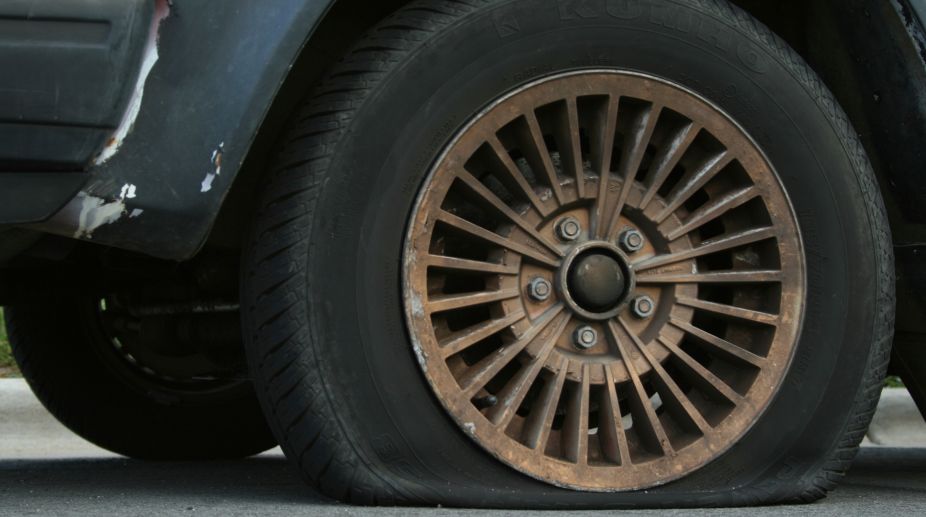From bank locker scheme to car prices: New financial arrangements in 2024
As we have embark into 2024, there are multiple new arrangements that will come into play in terms of financial landscape.

Representational image (Photo: Wikimedia Commons)
Engineers in the US have invented an inexpensive printed sensor that can monitor the tread of car tyres in real time, warning drivers when the rubber meeting the road has grown dangerously thin.
"With all of the technology and sensors that are in today's cars, it's kind of crazy to think that there's almost no data being gathered from the only part of the vehicle that is actually touching the road," said Aaron Franklin, Associate Professor at Duke University in Durham, North Carolina.
"Our tyre tread sensor is the perfect marriage between high-end technology and a simple solution," Franklin said.
Advertisement
In collaboration with Fetch Automotive Design Group, the researchers demonstrated a design using metallic carbon nanotubes (tiny cylinders of carbon atoms just one-billionth of a meter in diameter) that can track millimetre-scale changes in tread depth with 99 per cent accuracy.
The sensor design was detailed in IEEE Sensors Journal.
The technology relies on the well understood mechanics of how electric fields interact with metallic conductors.
The core of the sensor is formed by placing two small, electrically conductive electrodes very close to each other.
By applying an oscillating electrical voltage to one and grounding the other, an electric field forms between the electrodes.
While most of this electric field passes directly between the two electrodes, some of the field arcs between them.
When a material is placed on top of the electrodes, it interferes with this so-called "fringing field."
By measuring this interference through the electrical response of the grounded electrode, it is possible to determine the thickness of the material covering the sensor, the researchers said.
While the sensor could be made from a variety of materials and methods, the best results were obtained by printing electrodes made of metallic carbon nanotubes on a flexible polyimide film, according to the study.
Advertisement